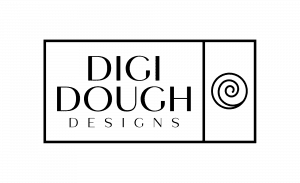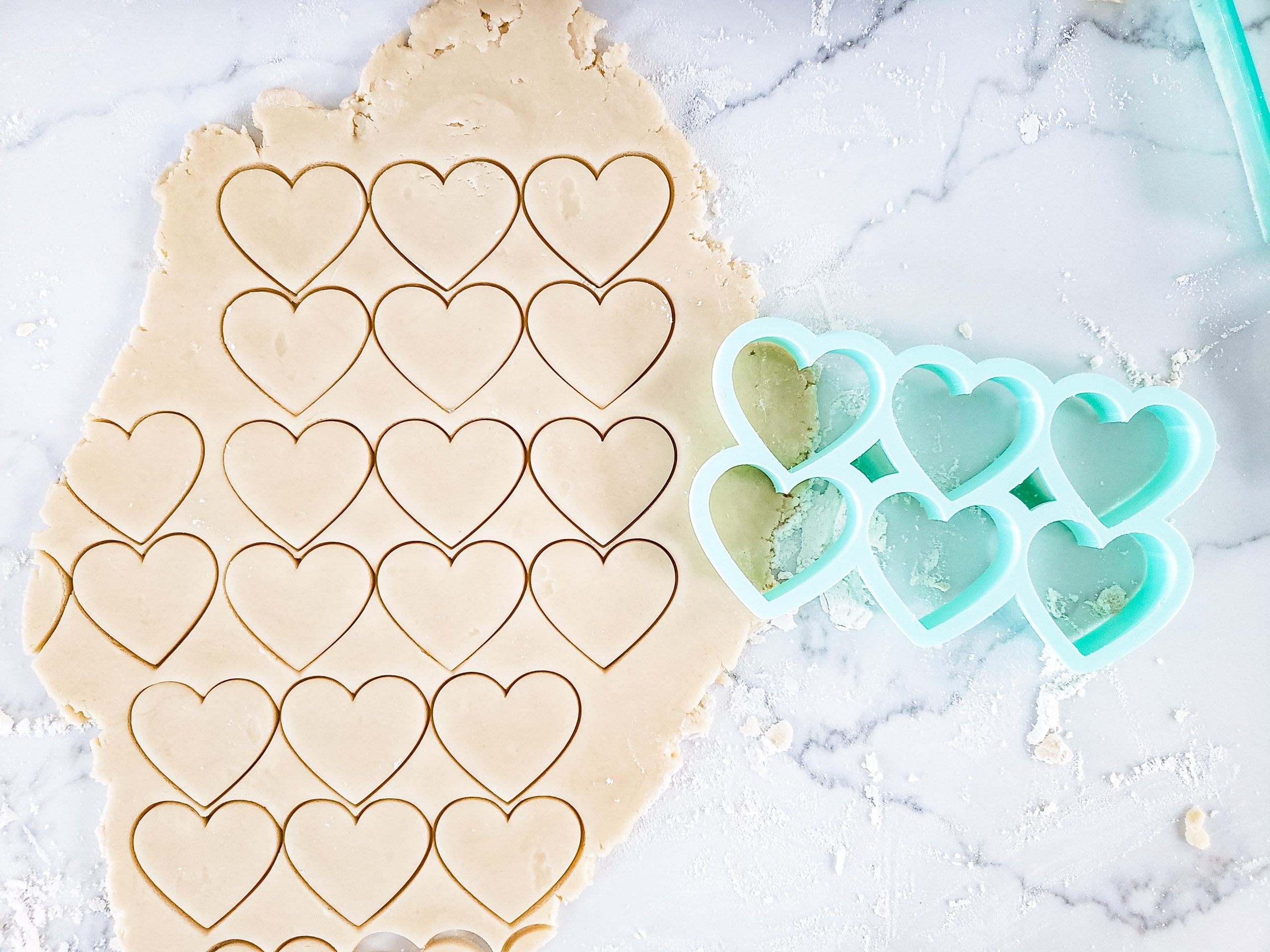This post contains affiliate links which may earn me a small commission should you choose to make a purchase using my link. It’s okay – I love all of these products and companies, and you will too! You will not be charged extra and you’ll keep my dogs well fed! It’s a win for everyone, really.
What You Should Know About 3D Printing and Food Safety
Table of Contents
What You Should Know About 3D Printing and Food Safety
What You Should Know About 3D Printing and Food Safety
If you love cookie decorating, you know what a treat (no pun intended!) it would be to print the tools you need on demand. Rolling out that sugar cookie for a themed party or gingerbread dough during the holidays and need the perfect cookie cutter? Don’t bother buying one – you can 3D print one instead!
When starting out in this hobby, many of you might be asking yourselves: what should I know about 3D printing and food safety? In this post, we’ll discuss what you should know about 3D printing and food safety as you get baking.
Why Consider Food Safety
Whether you’re making cookies at home for your family or you’re baking cookies to sell, you want to make sure you’re following food safety rules. In general, 3D printed objects are not considered “food safe.” Food safe means that a food-grade material meets the requirements determined by the intended use and will not create a food-safety hazard.
The problem: Often, 3D printing causes food safety issues because all 3D printed objects, in general, are made from layers. The grooves in between those layers are a seedbed for bacteria as they are almost impossible to clean properly, and will hold residue.
But don’t let this news discourage you! 3D printed cookie cutters are often considered food safe because they are not in contact with the dough for a long period of time. Plus, the dough is baked after it is cut, which helps to kill any existing bacteria. According to the CDC, bacteria is killed by cooking food at a temperature of 165°F (75°C) which is well below any cookie recipe I’ve seen!


If you are still concerned about the risks to food safety, use these best practices below when building and finishing your 3D printed cookie cutters.
Best Practices for 3D Printing and Food Safety
Food-safe filament
Not all filament is created equal! PLA, and sometimes PETG, are hailed in the 3D cookie cutter printing community for being chemically neutral and practically food-safe materials. Keep in mind that natural PLA is a plastic material made from vegetables (especially cornstarch). This makes it both biodegradable and renewable. An ABS filament, for comparison, is a petroleum-based and non-biodegradable plastic. This makes it inherently more toxic than PLA and should never be used for 3D printing cookie cutters.
To go the extra safety mile, research the filament you’re purchasing. The filament should also come with a material safety data sheet (MSDS) that helps to break down the chemical properties or the manufacturer should be able to provide you with one. This way you know exactly what is in your filament of choice.
Stainless Steel Nozzle
The nozzle you use also makes a difference. The standard brass nozzle is not considered food-safe, as it wears out. It is a consumable. Where does the worn material go? Into your print. Therefore, a soft brass nozzle just won’t do. You would need a stainless-steel or a titanium nozzle if you are even considering printing with food in mind.
Food-safe coatings and sealants
Dip coating your 3D printed cookie cutters with food-grade epoxy will seal their surface. Unfortunately, this isn’t a long-term fix as not all coatings are dishwasher safe, and they can degrade over time. Just because you’ve applied a food-safe sealant once doesn’t mean you may have a non-safe surface exposed once again. So, while this is one option, it’s important to note that the majority of the community doesn’t necessarily do this. Feel free to consider it, but ultimately do what works for you!
Cling Wrap Barrier
As an alternative to coating, some people also use cling wrap as a barrier between dough and cutter. While you’re experimenting with the different options, you can throw this one into the mix.
Finally, you can do it the old-fashioned way. No coat or cling wrap is the way that many people prefer to cut cookies, and it works out well! Give it a shot if you’re comfortable with it.
Understand dishwasher safety
It’s important to note that most 3D printing materials are not dishwasher safe because they have a low heat deflection temperature (HDT). Most people use PLA filament because complicated forms can be printed more easily. However, this type of filament is not dishwasher safe. PETG has a higher melting point, which gives it a better shot in your dishwasher depending on the cycle you run. However, it is harder to print your project successfully with this type of filament.
Product Recommendations
Most popular supplies for food safe 3D printed cookie cutters widely accepted within the community:
(For the full list: https://a.co/cw8LAn9)
Final thoughts
When it comes to food safety, you can never be too cautious. Fortunately, as long as you exercise the proper precautions, there’s no reason you shouldn’t create 3D cookie cutters. Any existing bacteria on your dough will ultimately be killed in the oven.
Keep in mind that everyone has an opinion on the best way to prevent particular migration and bacteria build-up. It’s up to you to decide what’s best for you, your loved ones, or your clients!
TL;DR
Who wouldn’t want to print cookie cutters on demand? That’s where 3D printing comes in! The baking community has some concerns about whether or not 3D printed cookie cutters are considered “food safe,” but they’ve ultimately been given the stamp of approval. The cutters aren’t in contact with dough for a long period of time, and it’s baked after it’s cut, which helps kill any existing bacteria. Whether you’re making food for your family or others, keep best practices in mind and learn where to deviate for the optimal outcome.







